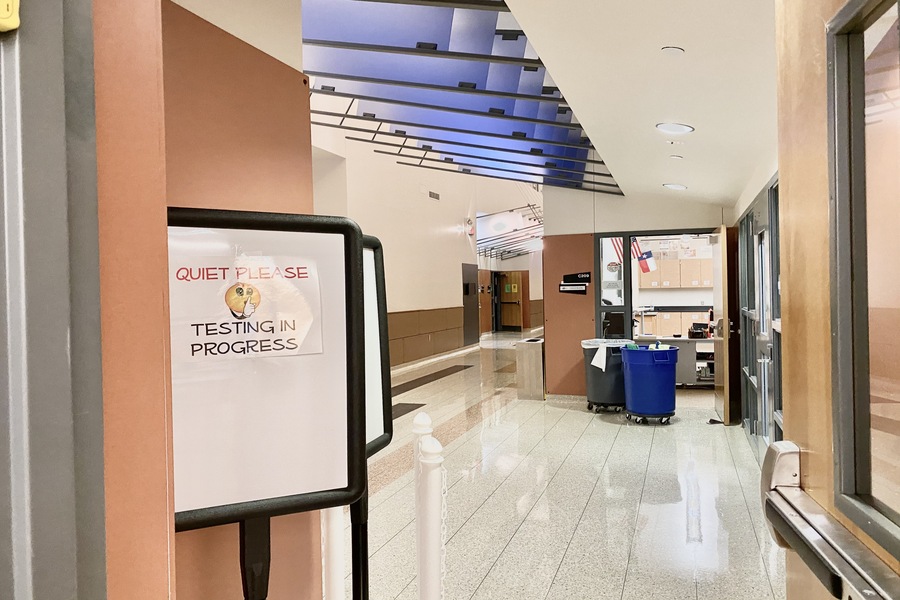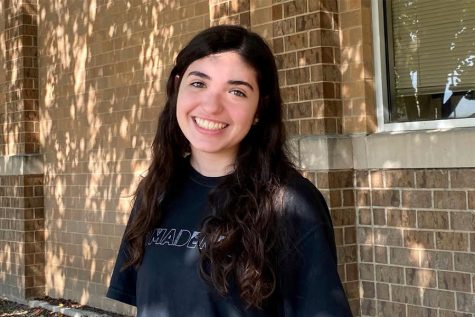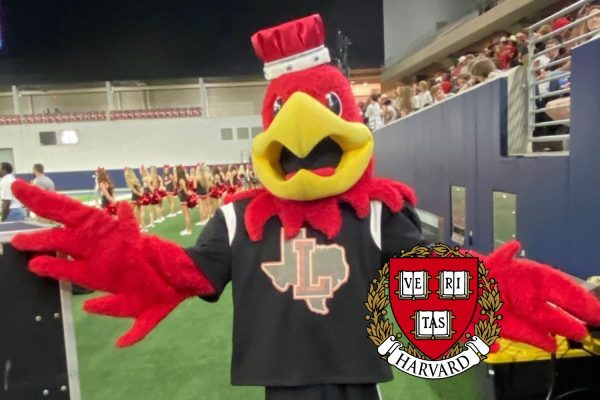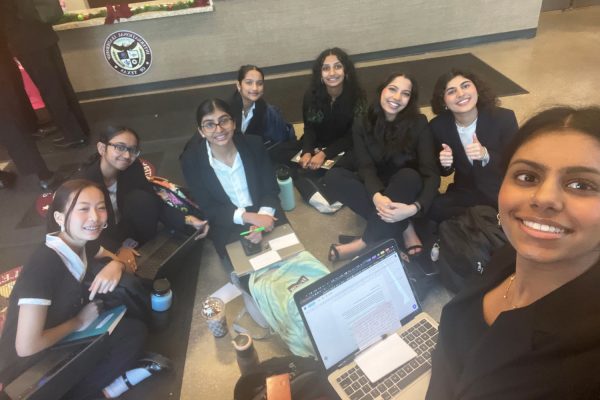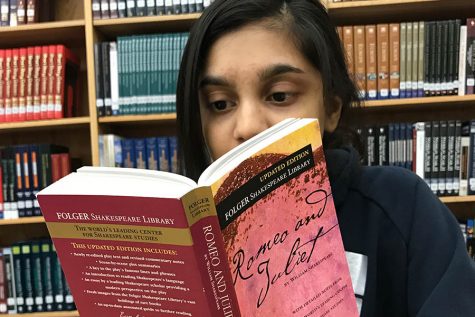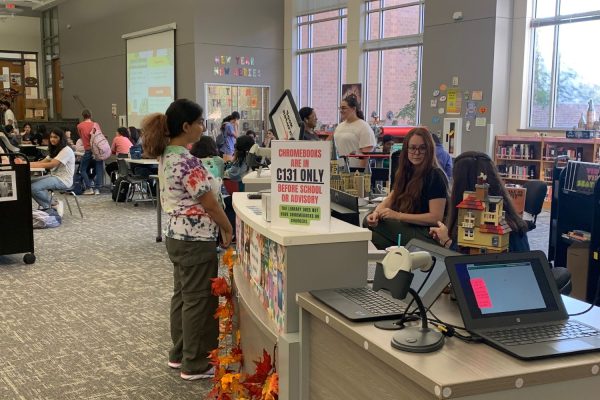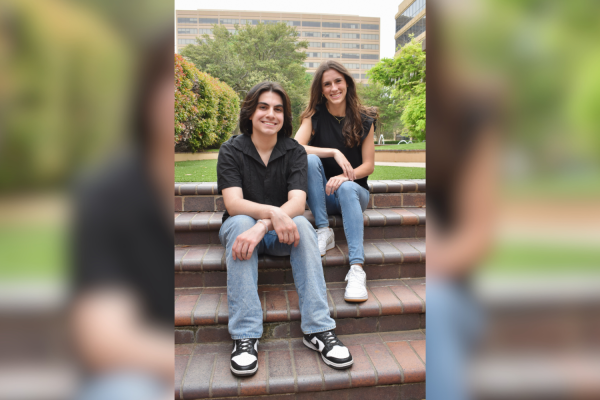Health Science 2 prepares for CNA state test
Training to become certified nursing assistants since the beginning of the school year, Health Science 2 Clinical students prepare for their state test. This certification allows student to work in medical settings as nurse aids where some of their responsibilities include taking vital signs and giving residents bed baths.
December 17, 2020
Take pulse: place pointer and middle finger on radial artery and count for one minute.
Feeding: watch for dietary restrictions.
Transfer patient to a wheelchair: move patient in a pivoting motion.
After four months of recording respirations and learning to ambulate patients, Health Science Clinical students are ready for their Certified Nursing Assistant test. The components to gain their certification include passing a 60 question written test and performing three skills on their practical test.
“The certification allows future medical students to get their foot in the door into the competitive medical field,” senior Sufyian Sabir said. “I hope to be able to become a CNA to gain experience and learn patient care, so that when I do enter the medical field, I will have an advantage over others.”
As a registered nurse, Health Science Clinical instructor Amy Parker understands the importance of having a CNA certification, as it provides students with exposure to the medical field at a young age.
“In the world of medicine, CNA allows a student to have an entry point into a foundational career, whether it be nursing, physician, or anything like that,” Parker said. “It allows the student to have a patient’s perspective, and those activities of daily living that you learn in CNA really is a groundwork for any area that you’re going to enter. So from rehab to basics and vital signs and taking care of patients, those are the skills that really allow you to be of use in any area in the field.”
Students have been learning the skills since the beginning of year and have been reviewing the material since Thanksgiving break to perfect their skills.
“We’ve been doing a ton of practicing, for both the practical and written components,” junior Kelly Liu said. “We’ve taken 5 practice exams to simulate the actual exam, and we’ve been practicing our skills during class every day!”
Because students do not know what three skills they will be performing until their practical test begins, they must be prepared to do any of the 20 skills.
“I’m definitely worried about a few of the harder skills, such as partial bed bath and changing an occupied bed, just because of how lengthy they are and how easy it is to make a mistake on them,” Liu said.
Students who have already tested understand the pressure upon walking into the lab, but advise students to trust in all the hours they have invested in their craft.
“The most crucial part is to be confident in your abilities,” Sabir said. “You have dedicated hours and hours into practicing each and every skill, so confidence is imperative to success. Coming into the exam with stress will only result in forgetting the little details that can potentially fail you. Be confident and believe in yourself – you got this!”



